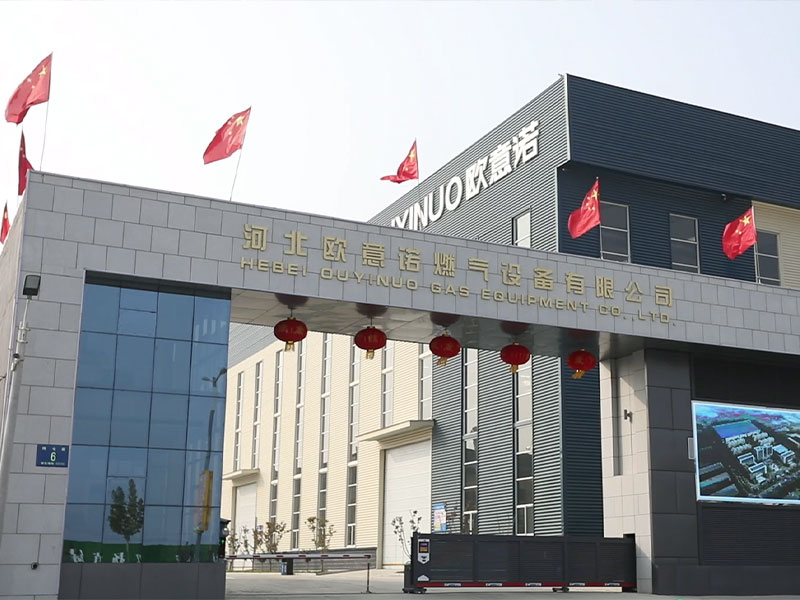
9 月 . 07, 2024 15:17
Back to list
Gas Pressure Regulator - Efficient Pressure Control Solutions
Understanding Gas Pressure Regulators
Gas pressure regulators are crucial components in various industries and applications, ensuring the safe and reliable use of gas. These devices control the pressure of gas delivered from a cylinder or pipeline, reducing it to a usable level for various applications, from industrial processes to home heating systems.
What is a Gas Pressure Regulator?
A gas pressure regulator is a device that automatically reduces the pressure of a gas. It is designed to maintain a consistent outlet pressure, regardless of changes in inlet pressure or downstream flow rates. This functionality is essential in maintaining safety and efficiency in gas-powered systems.
How Do Gas Pressure Regulators Work?
The operation of a gas pressure regulator is based on the principles of mechanics and fluid dynamics. The regulator typically contains a diaphragm that moves in response to changes in pressure. When the inlet pressure rises above the setpoint, the diaphragm shifts to close the outlet, thereby reducing the flow of gas. Conversely, if the pressure falls below the setpoint, the diaphragm opens to allow more gas to flow through, maintaining the desired pressure level.
.
Applications of Gas Pressure Regulators
صمام منظم ضغط الغاز

Gas pressure regulators are utilized in a diverse range of industries. In residential settings, they are commonly used in natural gas systems to regulate gas flow to heaters, stoves, and other appliances. In industrial applications, regulators are essential for processes involving gas delivery to burners, boilers, and chemical reactors, ensuring that operations run efficiently without pressure fluctuations that could lead to operational issues or hazards.
In the medical field, gas pressure regulators play a vital role in the administration of gases, such as oxygen, to patients. They ensure that the gas is delivered at a safe and controlled pressure, crucial for patient safety.
The Importance of Maintenance and Safety
Regular maintenance of gas pressure regulators is essential to ensure their proper functioning and prevent leaks or malfunctioning. Users should follow manufacturer guidelines for inspections and servicing. Additionally, it is vital to ensure that the regulator is suitable for the specific type of gas being used, as different gases have different properties and requirements.
Safety is paramount when dealing with gas systems. Pressure regulators must be installed correctly by qualified personnel to prevent accidents. Users should also be aware of the signs of malfunction, such as unusual noises, fluctuations in temperature, or gas odors, and take immediate action if they suspect a problem.
Conclusion
In conclusion, gas pressure regulators are vital components in the safe and efficient use of gas across various applications. Understanding their functionality, applications, and the importance of maintenance can help users maximize the benefits of these devices while ensuring safety and reliability. Whether in industrial settings, residential homes, or medical facilities, gas pressure regulators play an indispensable role in modern gas management.
Latest news
-
Unlocking The Quality Gas Pressure ReducersNewsNov.01,2024
-
The Role of Gas Pressure Reducing StationsNewsNov.01,2024
-
The Importance and Functionality of Safety Relief ValvesNewsNov.01,2024
-
The Essential Role of Safety Valves in Natural Gas ApplicationsNewsNov.01,2024
-
The Essential Role of Gas Pressure RegulatorsNewsNov.01,2024
-
Enhance Your Premium Gas FiltersNewsNov.01,2024

